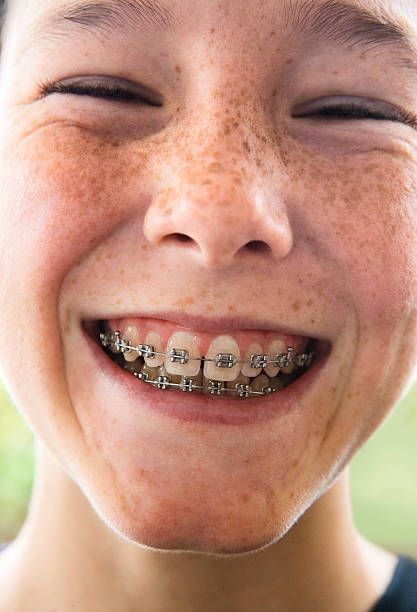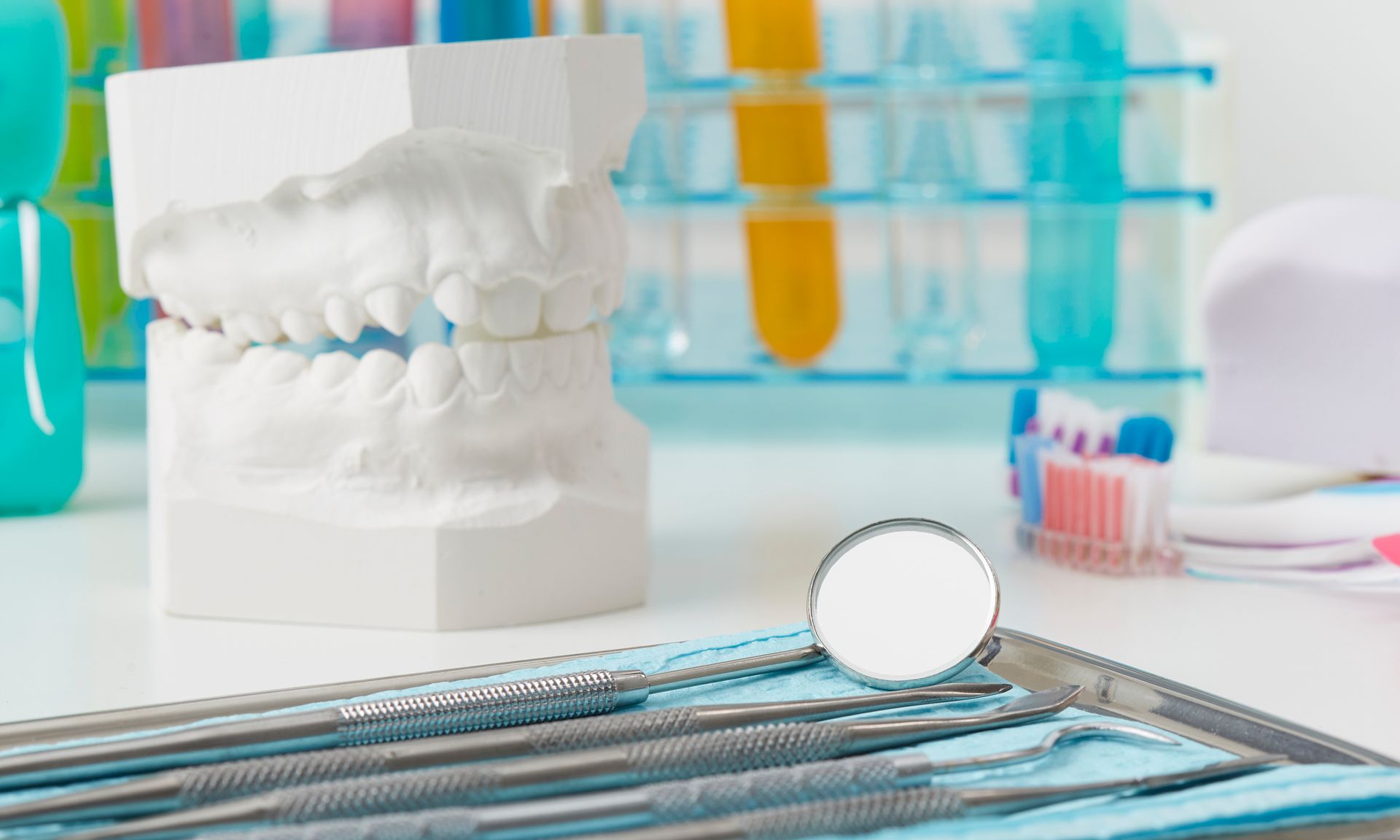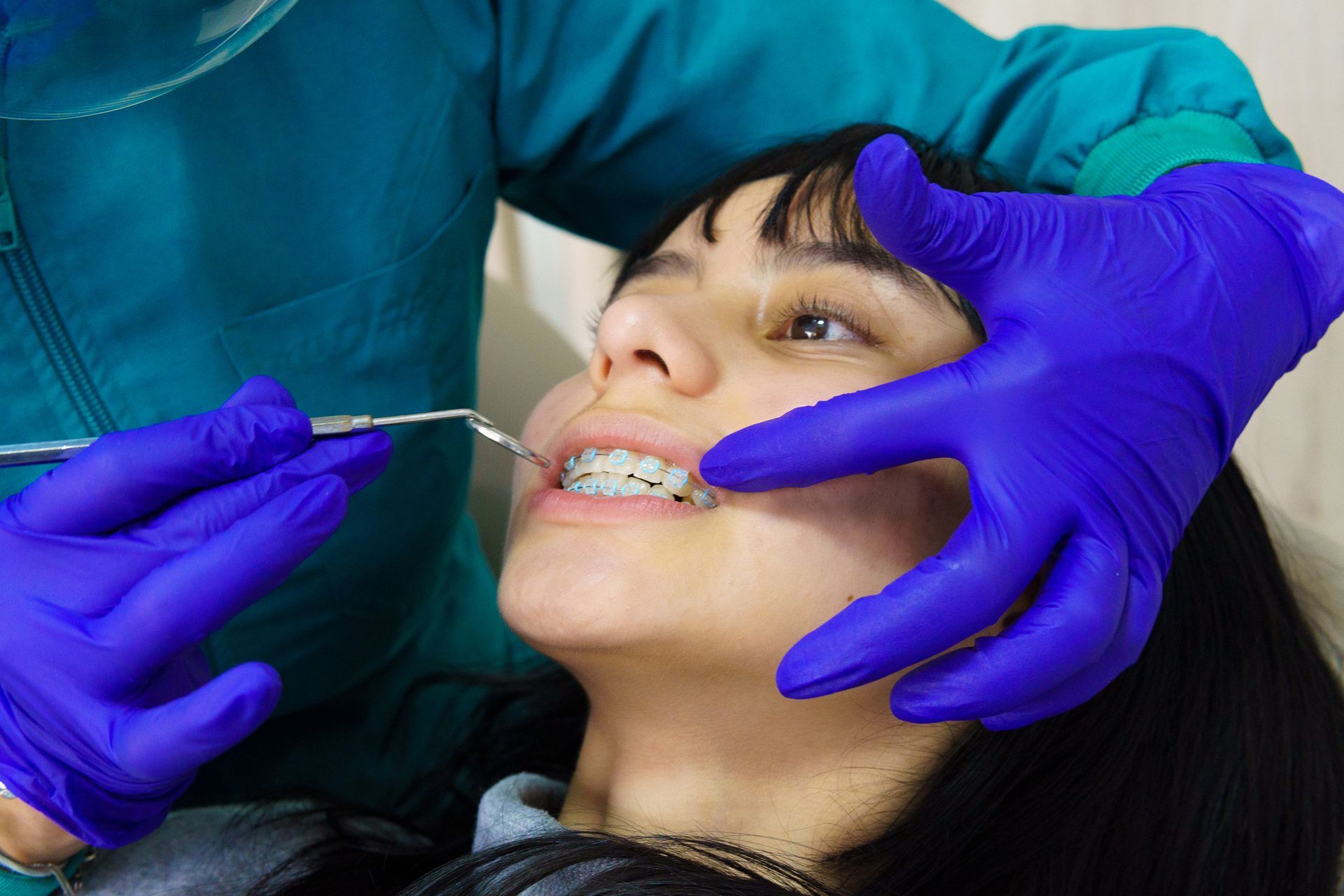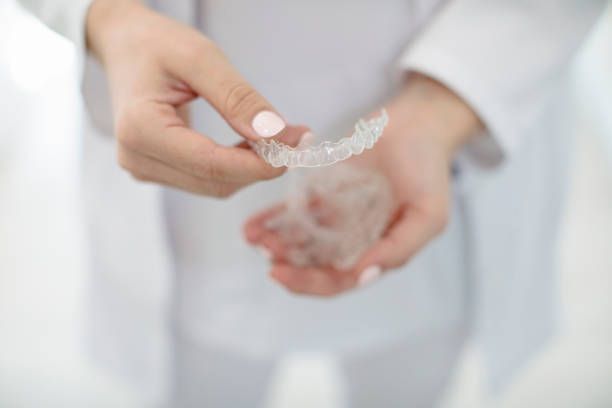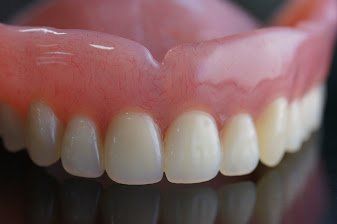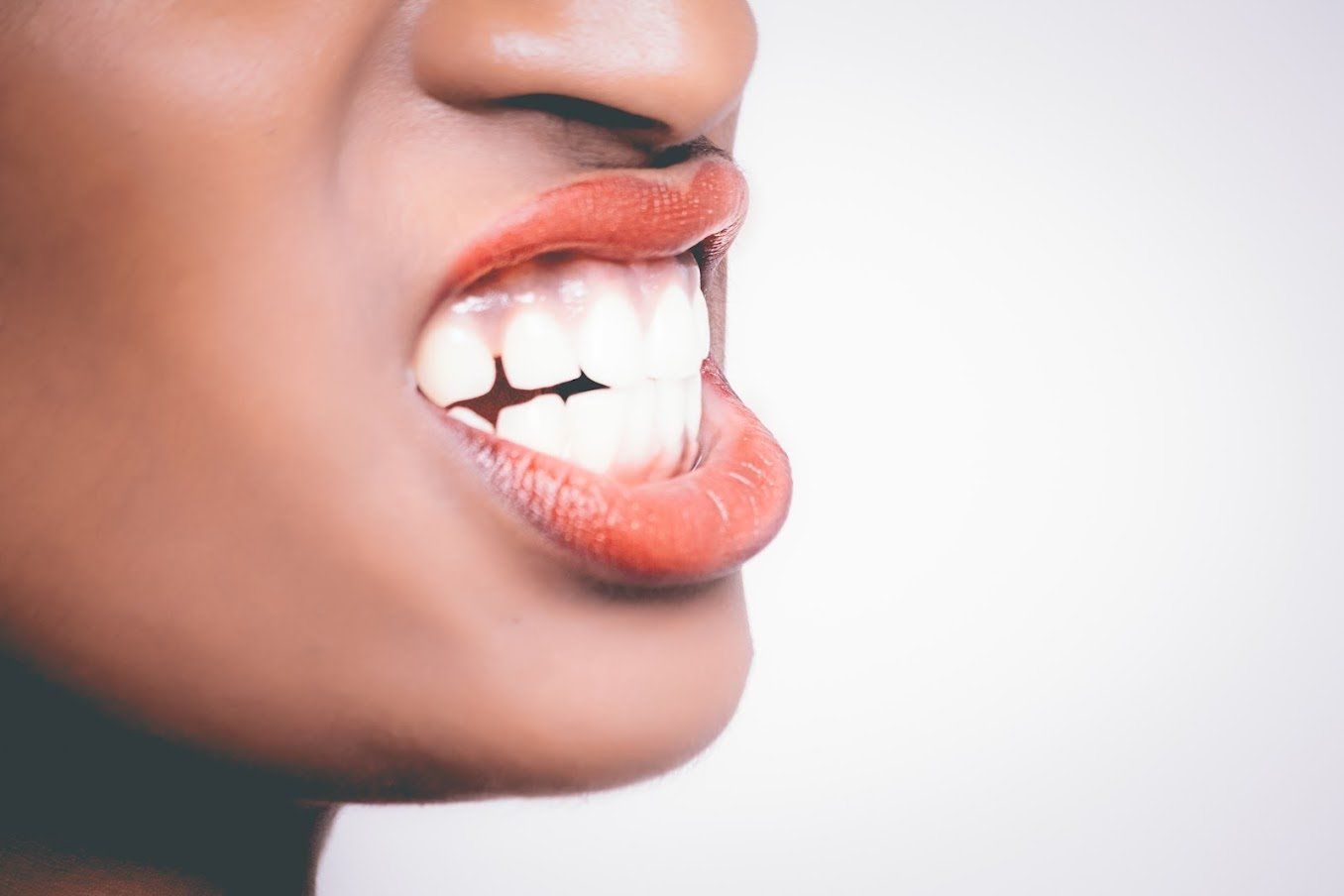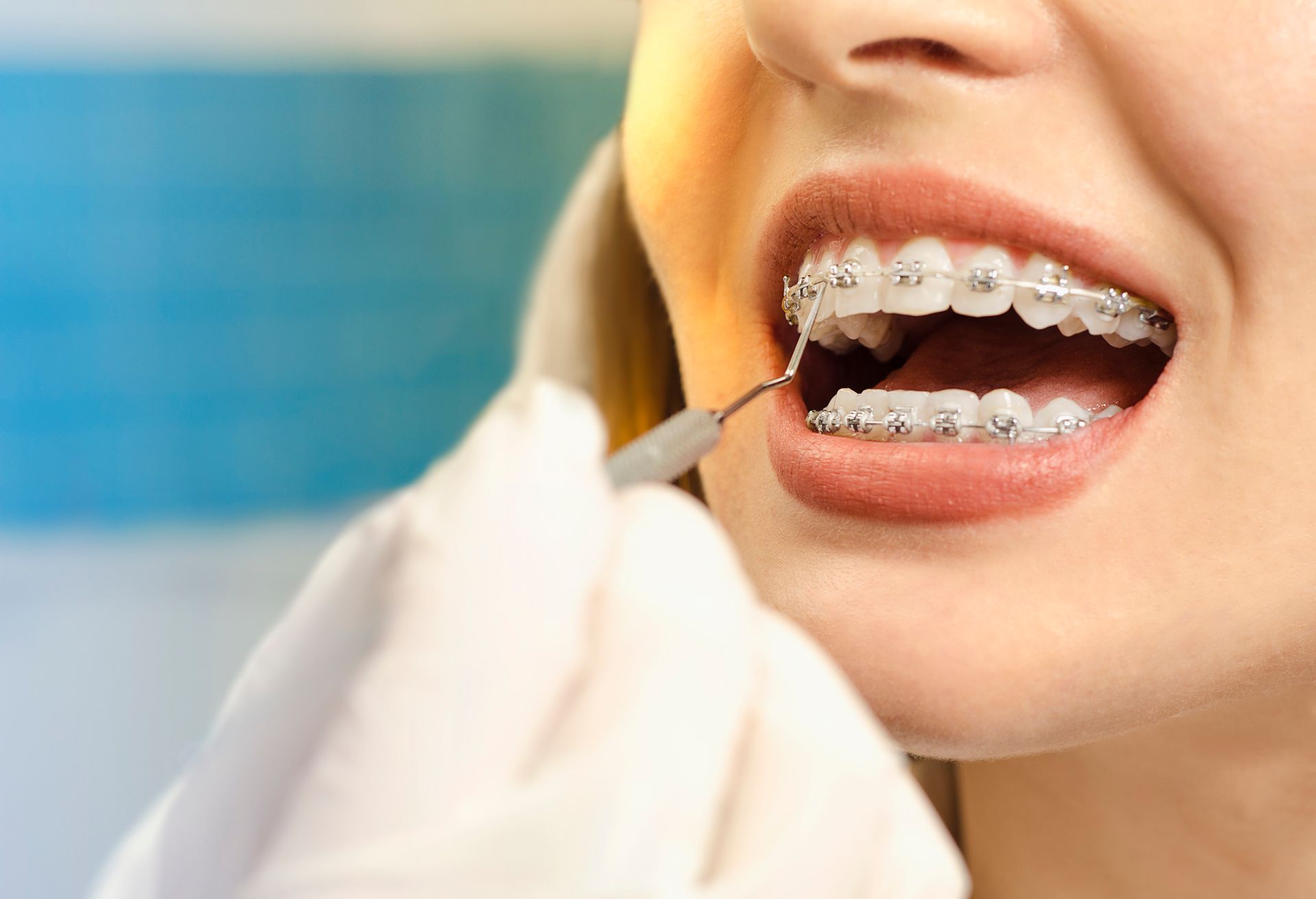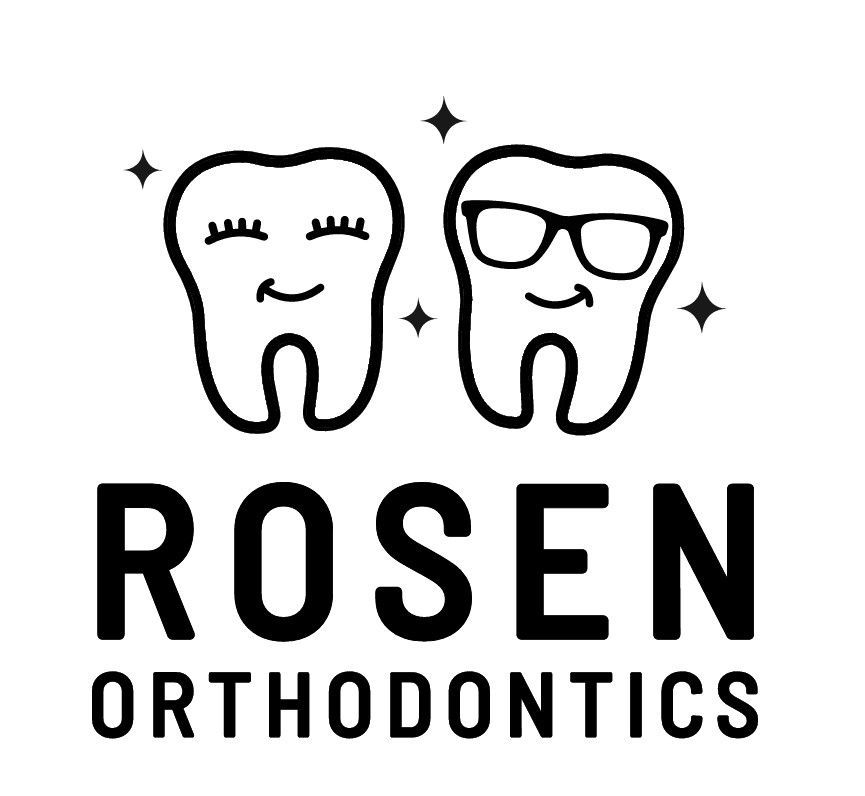Frequently Asked Questions About Gapped Teeth

Every human body offers unique details, from fingerprints and DNA profiles to dental alignment. Although teeth tend to erupt in the same general locations from one person to the next, they may come in crooked, crowded, or gapped. Orthodontists refer to a gap between two teeth as a diastema.
Gapped teeth can create (or contribute to) their share of problems, from embarrassment and self-esteem issues to increased risks for certain dental conditions and complications. The answers to the following frequently asked questions should help you understand the causes behind gapped teeth, as well as risks, treatments, and prevention.
What Causes Gapped Teeth?
A variety of conditions and situations can lead to the eruption of gapped teeth, starting with congenital abnormalities. For instance, some people have smaller-than-average teeth in relation to their jaws. This imbalance between tooth size and jaw size will result in too much free space between the teeth.
Many people who display a gap between their two upper front teeth have excess gum tissue growing between them. Thumb sucking/pacifier use among small children can also cause a gap to form in this area. People who subconsciously push their tongues against their upper front teeth when swallowing can develop it as well.
Periodontal disease can create gaps between teeth where no such gaps previously existed. This condition develops when inflammation destroys the gum tissue that supports the teeth. The gums start to shrink away from the tooth roots, creating new open space while also encouraging teeth to drift out of position.
What Complications Can Gapped Teeth Produce?
For many people, slight gaps between otherwise-healthy teeth pose more of a cosmetic annoyance than a functional or health concern. These individuals may choose to treat their diastema issues simply to improve the quality of their smile. However, a more serious case of gapped teeth may make such treatment mandatory.
Just as gum disease can lead to gapped teeth, gapped teeth can raise your risk for gum disease. Even though you might find your gapped teeth particularly easy to brush and floss, those same gaps allow more plaque, tartar, and bacteria to accumulate, triggering the inflammatory response that damages gums and loosens teeth.
Teeth with spacing problems can alter the alignment of neighboring teeth. A tooth that sits next to a gap may shift toward the empty space. Since your ability to bite and chew normally depends on correct alignment between your upper and lower teeth, these shifts can contribute to chewing inefficiency, jaw pain, and tooth damage.
How Do Orthodontists Close Gaps Between Teeth?
Dental techniques such as veneers and bonding can fill in small gaps, while permanent crowns can reduce gaps between teeth to some degree. However, if you suffer from an especially wide diastema, or multiple gaps that involve misaligned teeth, you'll most likely need orthodontic treatment instead.
Orthodontists may use either traditional braces or removable aligner trays to reduce the spaces between gapped teeth gently and safely. Aligner trays generally work well for smaller gaps, while large gaps may require realignment with a combination of wires, brackets, and rubber bands for best results.
How Can You Prevent or Discourage Gapped Teeth?
While you can only treat gapped teeth resulting from a congenital condition, you may find that you can prevent your children from giving themselves gapped teeth early in life. Do what you can to discourage pacifier use and thumb sucking. If your child engages in tongue thrusting when swallowing, teach them to resist that reflex.
Good dental hygiene, both at home and in the form of regular checkups and cleanings, can help you steer clear of the periodontal disease that can cause gapped teeth. Healthier gums face less risk of developing disease-related tissue loss and anchor teeth more firmly in place.
If you feel embarrassed about a gap in your smile or worry about a diastema's effects on another family member, schedule a consultation with Rosen Orthodontics. Our orthodontic team can evaluate your dental alignment, administer any necessary or desired treatment, and help you and your loved ones smile with greater confidence.


